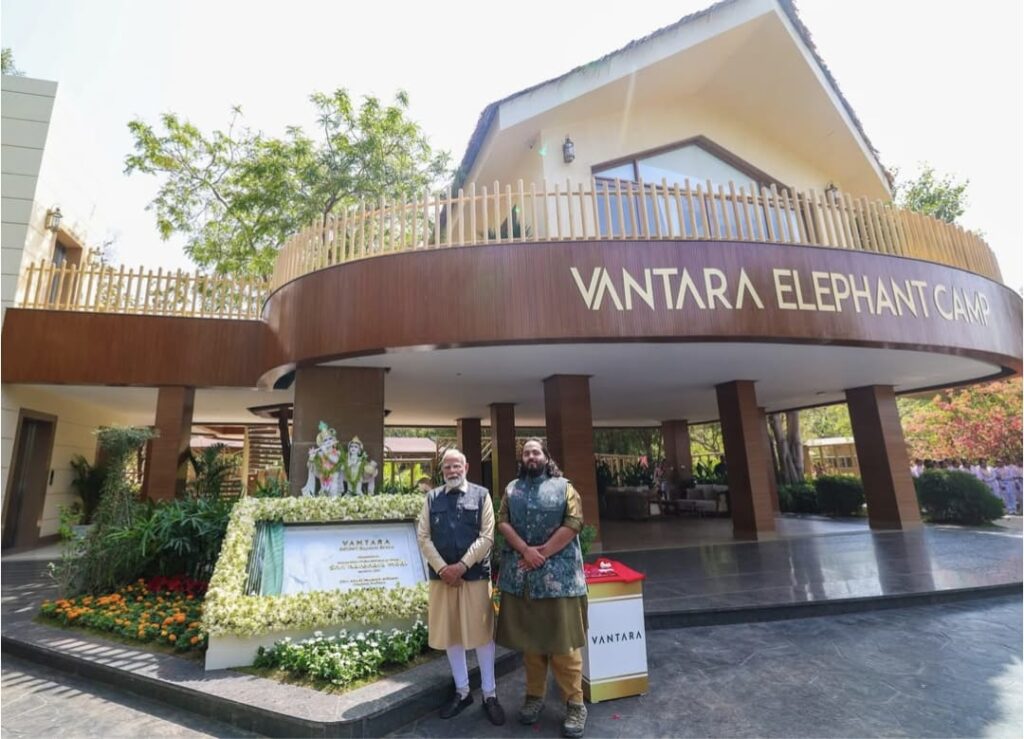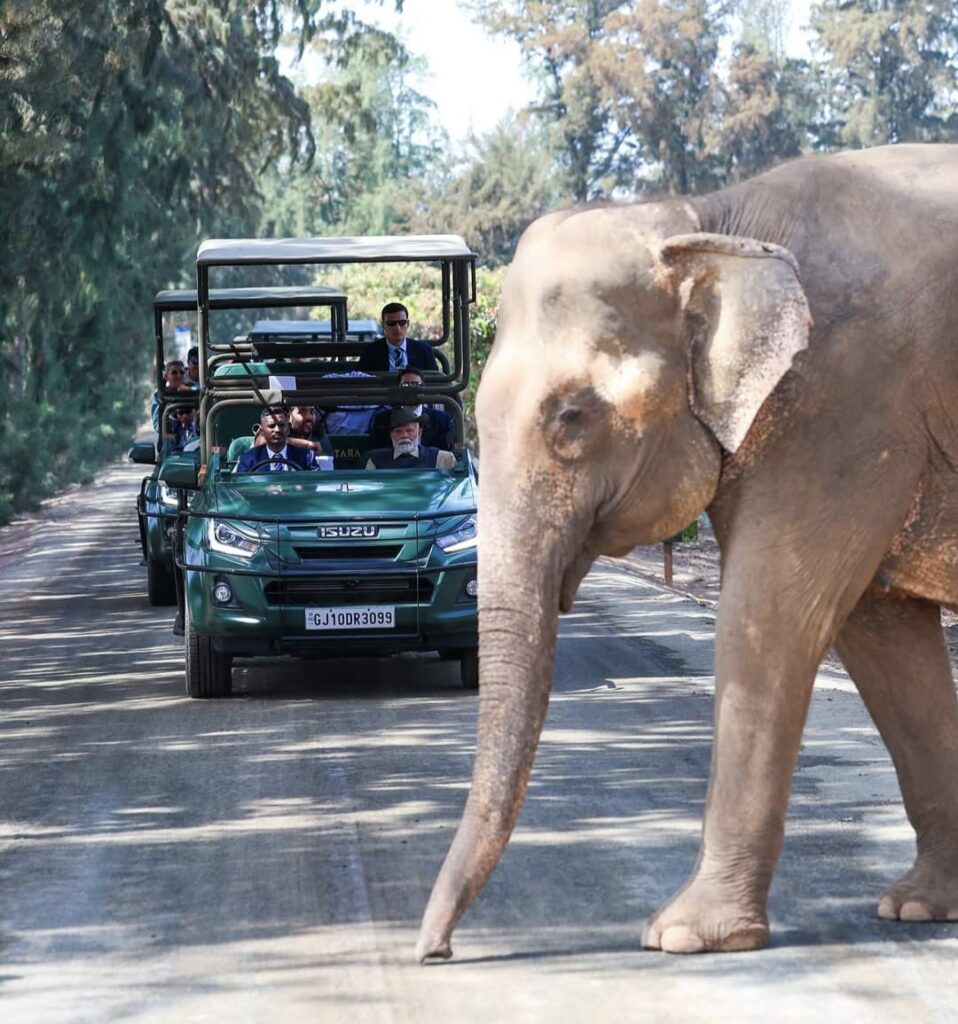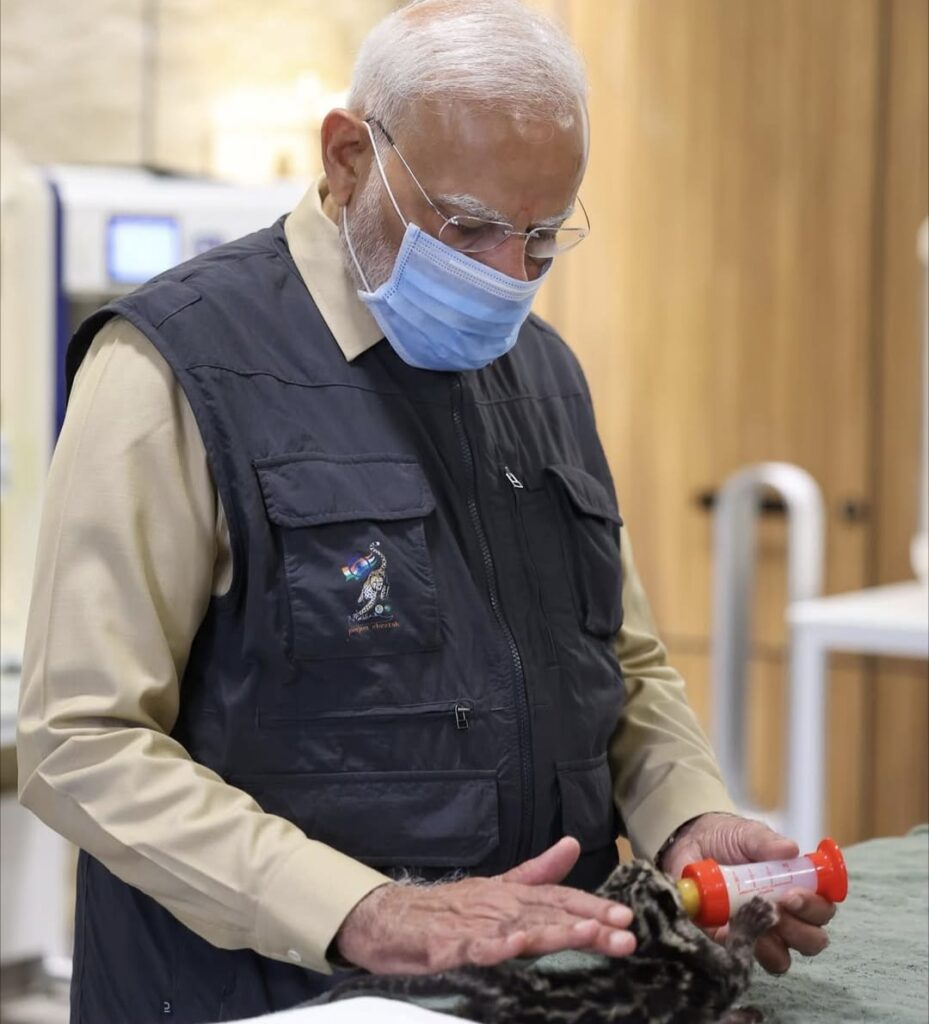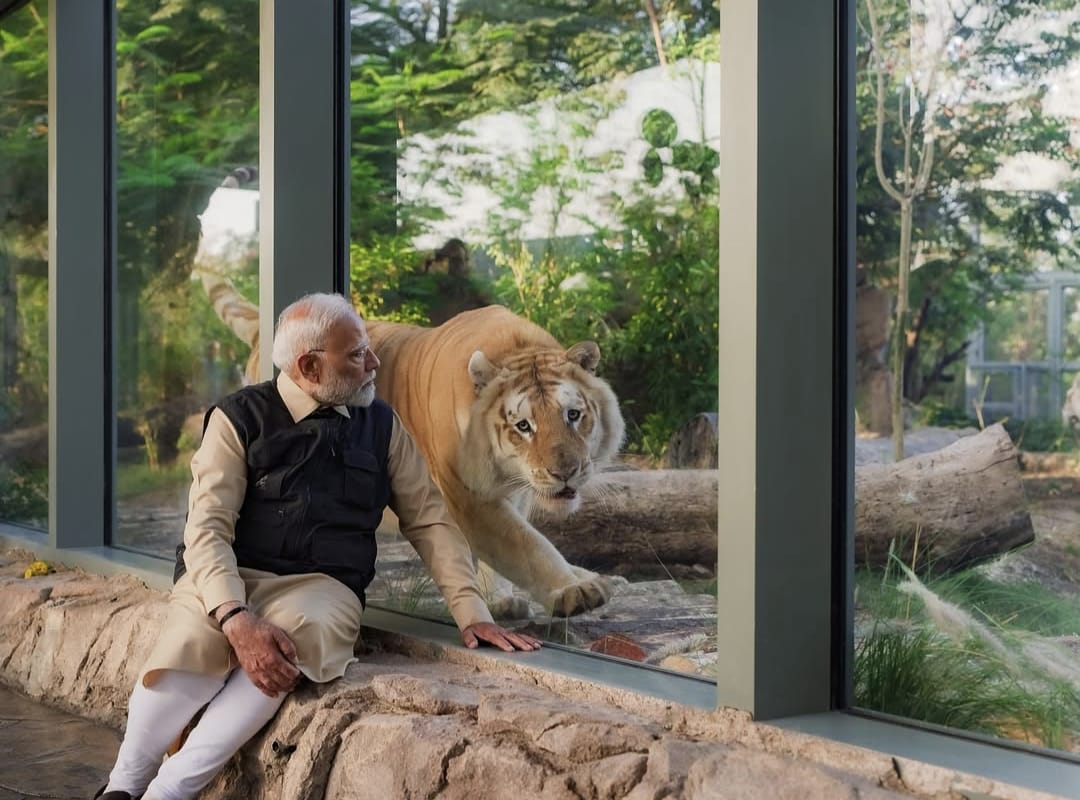Prime Minister Narendra Modi recently visited Vantara in Jamnagar, Gujarat on 2 March 2025, which is the world’s largest wildlife rescue and rehabilitation center. The center is established by Anant Ambani and is operated in collaboration with Reliance Industries and Reliance Foundation. Spread over 3,500 acres, this sanctuary serves as a safe shelter site for more than 1.5 lakhs saved, endured and endangered species. Modi’s visit not only reflects his commitment to wildlife conservation, but also presents a new direction for the future of environmental stability and tourism in India.
Vantara tour: an unforgettable experience

The Prime Minister’s visit to Vantara was special in many ways. He visited various parts of this center and spent time closely with wildlife living there. During this time he fed the Asian lion cubs, adopted a rare cloud leopard cub, and fed food to a alpaka. In addition, he visited the hydrotherapy pool made for elephants and saw a lion’s MRI scan at Wildlife Hospital. These moments were not only emotionally impressive, but also shows how Vantara is taking care of wildlife with modern technology and compassion.
Sharing these experiences on his social media handle, PM Modi wrote, “In Vantara, I saw an elephant that was a victim of acid attack. It was being taken care of with great sensitivity. Some elephants were blinded by their own great greats, and another was hit by a high speed by the truck. The truck raises a significant question. How can people be so unhappy and cruel – how can people be so cruel and like this? Do and pay attention to mercy to animals. “

Vantara is not just a zoo, but a “service”, as Anant Ambani described it. The purpose here is not entertainment, but rescue, rehabilitation and protection of wildlife. Here more than 2,000 species are sheltered, including lions, tigers, leopards, elephants, giraffes, and even two -headed snakes and rare species such as turtle. In addition, an attempt has been made to increase the natural habitat for wildlife by planting more than 25 million trees. This center is leading to becoming a model not only in India, but also a global conservation.
PM Narendra Modi’s visit to Vantara gives rise to many possibilities, which can take India’s environment and tourism sector to new heights.
- Environmental Awareness and Protection: This tour has worked to raise awareness among people about wildlife conservation. This is an example of collaboration between the Government of India and the private sector, which can inspire other conservation projects in the future. Efforts like Vantara will make the new generation sensitive to nature and help to preserve biodiversity.
- Increase in tourism: There is immense possibilities to develop Vantara as a major tourist destination. Modi’s visit has given this place a global identity, which can attract tourists from India and abroad here. This will not only promote the local economy but will also encourage eco-tourism responsible for the environment.
- Reflection and rehabilitation of species: The goal of Vantara is to preserve the endangered species and return them to their natural habitat. The breeding programs going on here, such as Carakal and lion species, can help increase the population of these animals in the future. This will strengthen India’s biodiversity.
- Economic and Social Development: Centers like Vantara provide employment and training to local communities. There are more than 2,100 employees employed, who are contributing to animal care and protection. This model can also be applied in other areas, which will strengthen the rural economy.

PM Narendra Modi’s Vantara tour is a symbolic step that gives the message that maintaining balance between humans and nature is the biggest need today. This tour not only underlines the achievements of Vantara, but also presents a roadmap for the future. Wantara can become an example in wildlife protection, environmental stability and tourism. This is an important step towards making India a pioneer in the field of conservation on the global stage. In the coming years, Vantara and other projects inspired by it will definitely create a bright future for nature and humanity.



